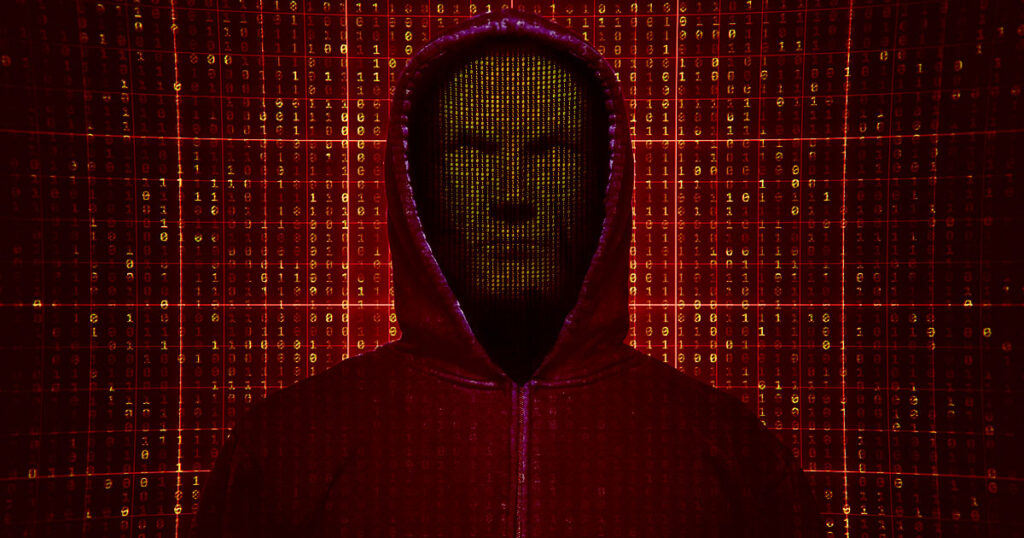The Big Fears About Dark Web AI: Unmasking the Shadows of Technology

The Big Fears About Dark Web AI: Unmasking the Shadows of Technology
Artificial Intelligence (AI) has brought remarkable advancements to society, from revolutionizing healthcare to transforming industries. However, like any powerful tool, AI also has a darker side, especially when it intersects with the dark web. The dark web, a hidden part of the internet notorious for illegal activities, has become a breeding ground for malicious uses of AI. As AI continues to evolve, so do the fears surrounding its potential misuse in this shadowy corner of the internet.
1. Automated Cyberattacks
AI-Driven Hacking on the Rise
One of the most alarming fears is the use of AI to conduct automated cyberattacks. AI-powered tools can launch sophisticated attacks at a scale and speed that would be impossible for humans alone. These attacks can range from phishing scams that mimic human behavior to more complex strategies like AI-generated malware that adapts in real-time to evade detection.
Key Concerns:
- Speed and Scale: AI can launch and adapt attacks far faster than human hackers.
- Sophistication: AI-driven attacks can be highly targeted and difficult to detect.
- Accessibility: AI tools for hacking are becoming more accessible, even to those with limited technical skills.
2. AI in Deepfake Technology
Weaponizing Deception
Deepfakes—realistic but fake images, audio, or videos generated by AI—pose significant threats. On the dark web, these tools are being used for blackmail, misinformation campaigns, and even identity theft. The ability of AI to create convincing fake content blurs the line between reality and fiction, making it harder to discern truth from lies.
Key Concerns:
- Misinformation: Deepfakes can be used to spread false information, influencing public opinion or inciting unrest.
- Blackmail: Fake videos or images can be used to extort individuals or tarnish reputations.
- Identity Theft: AI-generated content can mimic real people, leading to sophisticated identity fraud.
3. AI-Enhanced Drug Trafficking
The Evolution of Illegal Markets
The dark web has long been a marketplace for illegal goods, including drugs. With the advent of AI, drug trafficking has become more efficient and harder to combat. AI can optimize logistics, predict law enforcement activities, and even assist in the creation of new synthetic drugs, making the illegal drug trade more lucrative and dangerous.
Key Concerns:
- Optimized Distribution: AI can streamline the supply chain of illegal drugs, making distribution faster and harder to track.
- New Drug Synthesis: AI can assist in creating new drugs that evade current regulations and detection methods.
- Law Enforcement Evasion: AI tools can help traffickers predict and avoid law enforcement activities, complicating efforts to combat illegal trade.
4. AI-Generated Exploitation
The Dark Side of Content Creation
The dark web is also a hub for illegal content, including exploitative materials. AI’s ability to generate realistic images and videos has sparked fears about the creation of non-consensual and harmful content. This includes the potential for AI-generated child exploitation materials, which could exacerbate the already horrific problem of online abuse.
Key Concerns:
- Child Exploitation: AI can be used to create realistic, harmful content that victimizes children.
- Non-Consensual Content: Deepfake technology can generate explicit materials without the subject’s consent, leading to widespread abuse.
- Distribution Networks: AI can help automate the distribution of illegal content, making it harder to track and shut down.
5. AI in Financial Crime
The New Frontier of Fraud
Financial crimes have also seen a rise in AI-driven tactics. On the dark web, AI tools are being used to create sophisticated schemes that defraud individuals and institutions. From AI-generated phishing schemes that target high-profile individuals to automated money laundering networks, the financial sector faces a new wave of threats.
Key Concerns:
- Phishing and Fraud: AI can create highly convincing phishing emails and messages, leading to increased fraud.
- Money Laundering: AI can automate and optimize money laundering processes, making detection more difficult.
- Cryptocurrency Scams: AI tools can manipulate cryptocurrency markets or create fraudulent coins, defrauding investors.
6. AI and Privacy Invasion
Unseen Surveillance
On the dark web, AI tools are being used to invade privacy on an unprecedented scale. From AI-driven tools that can crack encryption to those that can monitor and predict human behavior, the potential for surveillance and privacy invasion is immense. These tools could be used by malicious actors to track individuals, steal personal data, or even manipulate their actions.
Key Concerns:
- Encryption Cracking: AI can potentially break through even the most secure encryption, putting sensitive data at risk.
- Behavioral Tracking: AI can analyze patterns and predict behavior, leading to targeted surveillance or manipulation.
- Data Theft: AI-driven tools can automate the theft and exploitation of personal data on a massive scale.
Conclusion
The intersection of AI and the dark web presents a troubling future where powerful technology is wielded for malicious purposes. While AI holds immense potential for good, the same capabilities can be exploited by those operating in the shadows. As these fears become reality, it is crucial for governments, tech companies, and individuals to collaborate in developing strategies to combat the dark side of AI. Ensuring that AI remains a force for good requires vigilance, innovation, and a commitment to safeguarding the ethical use of technology.